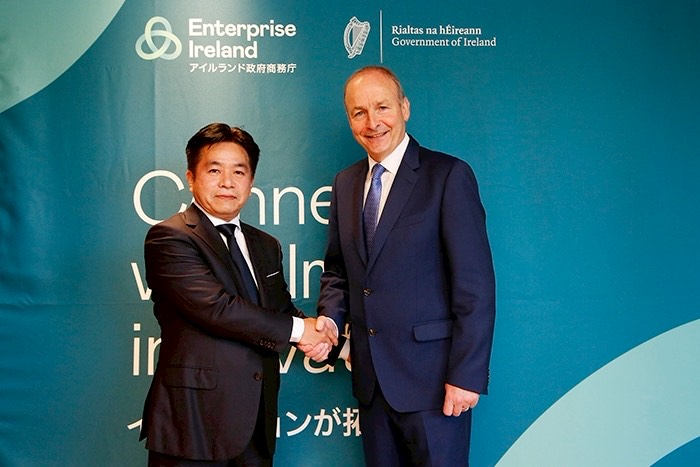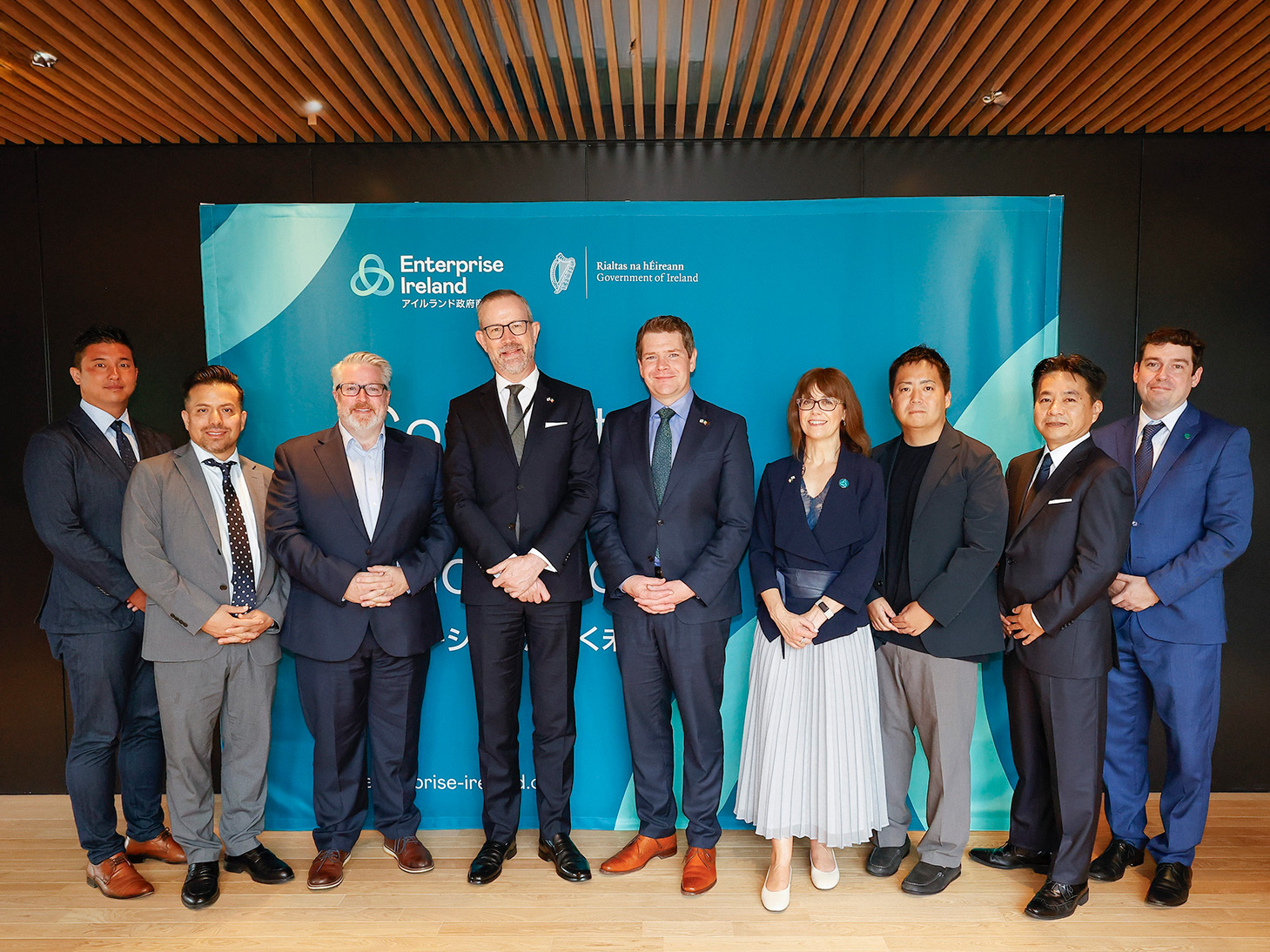News
better business decisions
Posted 1 year ago | 6 minute read

UN COP28 guidebook
Climate financing and reining in fossil fuels are to top the agenda of the 2023 climate change summit to be held in Dubai. Discussions willfocus on 3 main pillars: industrial decarbonisation; accelerating the just green energy transition; and innovation for climate action.
What is the COP?
The Conference of the Parties (COP) is the decision-making body of the Convention. All States that are Parties to the Convention are represented at the COP, at which they review the implementation of the Convention and any other legal instruments that the COP adopts and take decisions necessary to promote the effective implementation of the Convention, including institutional and administrative arrangements.
A key task for the COP is to review the national communications and emission inventories submitted by Parties. Based on this information, the COP assesses the effects of the measures taken by Parties and the progress made in achieving the ultimate objective of the Convention.
The COP meets every year, unless the Parties decide otherwise. The first COP meeting was held in Berlin, Germany in March, 1995. The COP meets in Bonn, the seat of the secretariat, unless a Party offers to host the session. Just as the COP Presidency rotates among the five recognized UN regions – that is, Africa, Asia, Latin America and the Caribbean, Central and Eastern Europe and Western Europe and Others – there is a tendency for the venue of the COP to also shift among these groups.
The 2023 United Nations Climate Change Conference, also known as COP28, is the 28th United Nations Climate Change Conference. The 13-day summit (November 30 to December 12) is being held in Dubai.
Global stocktake
When 193 countries signed on to the Paris Agreement, they committed to three goals: 1) reduce emissions enough to hold global temperature rise to “well below 2 degrees C (3.6 degrees F)” above pre-industrial levels, and ideally 1.5 degrees C; 2) build communities’ resilience to the impacts of climate change; and 3) align the world’s financial flows with low-carbon, climate-resilient development. They also agreed to assess their progress toward these goals every five years (beginning in 2023) and strengthen their action in response, a process known as the “Global Stocktake.”
At COP28, the UN will conclude its first-ever “Global Stocktake,” assessing the world’s collective progress toward addressing the climate crisis. The Global Stocktake synthesis report released in September 2023 already reveals that the world is far off track from its goal of holding global temperature rise to 1.5 degrees C (2.7 degrees F) to avoid some of the most disastrous impacts of climate change. A UN analysis released ahead of the conference found that global greenhouse gas emissions are still rising, and the planet is on track for at least 2.5 degrees Celsius of warming by the end of the century. Between 2021 and 2022, global greenhouse gas emissions grew about 1%, the analysis found.
Energy
COP27 ended with generic provisions on the need to boost “low-emission energy” and did little to define the future of fossil fuels. Earlier this year, however, G7 leaders stated their objective to rely predominantly on renewables by 2035. They pledged to intensify efforts to phase-out unabated coal power generation (where power plants generate coal without equipment for emission control such as carbon capture or storage technologies).
At COP28, there will be pressure to define deadlines on the phase-out of unabated fossil fuels. The EU is putting political capital behind this objective, with EU Member States advocating for a global phase-out of all unabated fossil fuels well before 2050. They have also called for an immediate reduction in fossil fuel subsidies.
A consensus on a global target for renewables and energy efficiency could be adopted at COP28. The target aims at tripling renewable power capacity to 11TWh and doubling energy efficiency improvements by 2030. The recent agreement between the US and China at the Biden-XI Summit signalled renewed cooperation between the world’s two largest polluters. G20 leaders are also in favour of global renewable energy adoption.
Climate finance
Article 2 of the Paris Agreement states that it shall be implemented on a principle of common but differentiated responsibilities and respective capabilities among countries. COP27 called on developed nations to increase bilateral climate finance and to increase support for climate finance mechanisms like the Green Climate Fund.
Headline figures will unlikely be decided upon in Dubai, but the tone will be set for further discussions in the year ahead. Additionally, the reform of the Multilateral Development Banks will likely be under the spotlight in discussions on risk-sharing strategies and on how to mobilise more private finance.
The language of climate
Here are the key terms that you need to know:
- Carbon neutrality – Where CO2 emissions produced are balanced by CO2 removals. The reference could refer to a country, organisation, district, commodity, or an activity such as a service and an event. Carbon neutrality is often assessed over the life cycle including indirect (“scope 3”) emissions but can also be limited to the emissions and removals, over a specified time period.
- CO2 removal – Human activities that remove CO2 from the atmosphere and store it in geological, terrestrial, or ocean reservoirs, or in products.
- COP – This stands for ‘conference of the parties’. The ‘parties’ are the parties (or countries signed up) to the UNFCCC (United Nations Framework Convention on Climate Change). COP26 means the 26th conference of the parties. For reference, Kyoto Protocol was signed at COP3 and the Paris Agreement at COP21.
- IPCC – The Intergovernmental Panel on Climate Change. Established by the United Nations Environment Program and World Meteorological Organisation in 1988. Endorsed by the UN General Assembly in 1988.
- Net Zero Co2 emissions – Where carbon dioxide (CO2) emissions are balanced by CO2 removals over a specified period. The reference could refer to a country, organisation, district, commodity, or an activity such as a service and an event.
- Scope 1 – greenhouse gas emissions from sources that are owned or controlled. For example, emissions from a company vehicle.
- Scope 2 – greenhouse gas emissions from the generation of purchased electricity. For example, emissions from electricity generated at a coal fired power station that is used to charge a company electric vehicle.
- Scope 3 – greenhouse gas emissions that are indirect or a consequence of activities but occur from sources not owned or controlled. For example, the use of purchased coal in a power station.

Reaching Net Zero Brochure
Our solutions combine machine learning, AI and data solvers with an experienced trading team to deliver carbon and cost savings, while simultaneously addressing the commercial and operational aspects of your asset portfolio through clean power purchasing, energy risk management and asset finance, installation and operation.
Learn more







